Cooling Fans
$29.00
Cooling fans are essential devices designed to regulate temperature, enhance airflow, and prevent overheating in homes, offices, and electronic systems. They ensure comfort, improve energy efficiency, and protect sensitive equipment from heat damage.
In today’s world, where technology, urban living, and climate change play a significant role in our daily comfort, cooling fans have become indispensable. From homes and workplaces to industrial setups and computer systems, fans serve a vital role in temperature regulation, air circulation, and ventilation. They not only provide relief from heat but also extend the lifespan of machines and electronics by preventing overheating. Unlike air conditioners, cooling fans are energy-efficient, affordable, and versatile, making them a practical solution for millions of users worldwide.
This detailed guide explores the types, benefits, applications, and features of cooling fans, highlighting why they are a must-have in modern living and industries.
What Are Cooling Fans?
A cooling fan is a device designed to move air for the purpose of cooling or ventilation. It consists of blades (usually made of plastic or metal) that rotate to push air across a surface or space. By increasing airflow, fans help in lowering perceived temperature and maintaining comfort.
Cooling fans are not limited to household use; they are also used in automobiles, electronics, data centers, industrial machinery, and even medical equipment. Without proper cooling, many systems would fail due to overheating.
Benefits of Cooling Fans
Temperature Regulation
Fans make living and working spaces more comfortable by reducing heat buildup. While they don’t lower the temperature like air conditioners, they enhance air circulation, making the environment feel cooler.
Energy Efficiency
Compared to ACs, cooling fans consume up to 80% less electricity, making them highly cost-effective for daily use.
Prevention of Overheating in Devices
In computers, gaming consoles, refrigerators, and industrial machines, fans are crucial for maintaining operational safety and preventing damage from heat.
Health Benefits
Fans improve ventilation, reduce stuffiness, and lower humidity. This creates a fresher atmosphere and can even minimize the risk of mold growth.
Eco-Friendly Solution
Since they consume less energy, cooling fans are an environmentally friendly alternative to heavy-duty cooling systems.
Types of Cooling Fans
Cooling fans come in various designs, each suited to a specific need. Below are the most common types:
Ceiling Fans
Installed on ceilings to circulate air throughout a room.
Ideal for homes, offices, and large spaces.
Energy-efficient and available in stylish designs.
Table Fans
Portable and compact.
Suitable for desks, bedside tables, or personal spaces.
Often come with oscillation features for wider air distribution.
Tower Fans
Sleek, space-saving vertical fans.
Provide powerful airflow with modern controls and quiet operation.
Perfect for modern homes and apartments.
Pedestal Fans
Adjustable height and oscillation features.
Portable and versatile, commonly used in homes and offices.
Exhaust Fans
Installed in kitchens, bathrooms, and workshops.
Designed to remove hot air, smoke, or moisture.
Improves air quality and ventilation.
Industrial Fans
Heavy-duty fans used in factories, warehouses, and workshops.
Provide powerful airflow for large-scale cooling and ventilation.
Computer/CPU Cooling Fans
Prevent overheating in laptops, desktops, and gaming PCs.
Vital for ensuring smooth performance of processors and graphics cards.
Automobile Cooling Fans
Used in cars to cool radiators and prevent engine overheating.
Portable Rechargeable Fans
Battery-powered, lightweight, and travel-friendly.
Useful during outdoor activities, camping, or power cuts.
Features to Look for in Cooling Fans
When selecting a cooling fan, consider the following features:
Airflow Power (CFM – Cubic Feet per Minute)
Determines how much air the fan can circulate. Higher CFM means stronger airflow.
Energy Efficiency
Choose models with low power consumption or energy-saving certifications.
Speed Settings
Multiple speed levels give better control over airflow intensity.
Oscillation
Allows the fan to rotate and distribute air across a wider area.
Noise Level
Silent or low-noise fans are ideal for bedrooms, offices, or study areas.
Size and Portability
Compact fans are easy to carry, while large pedestal or ceiling fans suit spacious areas.
Smart Features
Modern fans may include remote control, timers, Bluetooth/Wi-Fi connectivity, or even air purification technology.
Applications of Cooling Fans
Home Use
Bedrooms, living rooms, kitchens, and bathrooms.
Improve comfort and ventilation.
Workplaces and Offices
Enhance employee productivity by reducing heat stress.
Provide fresh airflow in conference rooms and cabins.
Electronics and Computers
Protect sensitive components like CPUs, GPUs, and power supplies.
Essential for gaming setups and servers.
Industrial and Commercial Spaces
Maintain air circulation in warehouses, factories, and workshops.
Remove dust, fumes, and excess heat.
Automobiles
Keep engines and radiators cool.
Ensure vehicle safety and performance.
Outdoor Activities
Rechargeable and portable fans are great for camping, picnics, and travel.
Maintenance of Cooling Fans
To maximize performance and lifespan, cooling fans require proper care:
Regular Cleaning – Dust accumulation can reduce airflow and increase noise.
Lubrication – Some fans need occasional lubrication for smooth blade movement.
Check Wiring – Ensure safe electrical connections.
Replace Damaged Parts – Blades, grills, or motors should be repaired or replaced promptly.
Future of Cooling Fans
With growing awareness of sustainability and energy savings, the future of cooling fans lies in smart technology and eco-friendly innovations. Modern fans are now being equipped with:
IoT (Internet of Things) connectivity for smart home integration.
Hybrid models with air purifiers and humidifiers.
Solar-powered fans for eco-conscious users.
Ultra-quiet designs for comfort in noise-sensitive areas.
Conclusion
Cooling fans are no longer just simple household items; they are essential devices across homes, workplaces, industries, and technology systems. Affordable, energy-efficient, and versatile, they play a major role in ensuring comfort, safety, and equipment longevity. Whether it’s a ceiling fan in your living room, an exhaust fan in your kitchen, or a CPU fan in your gaming PC, each type has a unique and irreplaceable purpose.
As technology evolves, we can expect cooling fans to become smarter, quieter, and even more eco-friendly, making them a lasting solution for both personal comfort and industrial needs.


MAECENAS IACULIS
Vestibulum curae torquent diam diam commodo parturient penatibus nunc dui adipiscing convallis bulum parturient suspendisse parturient a.Parturient in parturient scelerisque nibh lectus quam a natoque adipiscing a vestibulum hendrerit et pharetra fames nunc natoque dui.
ADIPISCING CONVALLIS BULUM
- Vestibulum penatibus nunc dui adipiscing convallis bulum parturient suspendisse.
- Abitur parturient praesent lectus quam a natoque adipiscing a vestibulum hendre.
- Diam parturient dictumst parturient scelerisque nibh lectus.
Scelerisque adipiscing bibendum sem vestibulum et in a a a purus lectus faucibus lobortis tincidunt purus lectus nisl class eros.Condimentum a et ullamcorper dictumst mus et tristique elementum nam inceptos hac parturient scelerisque vestibulum amet elit ut volutpat.
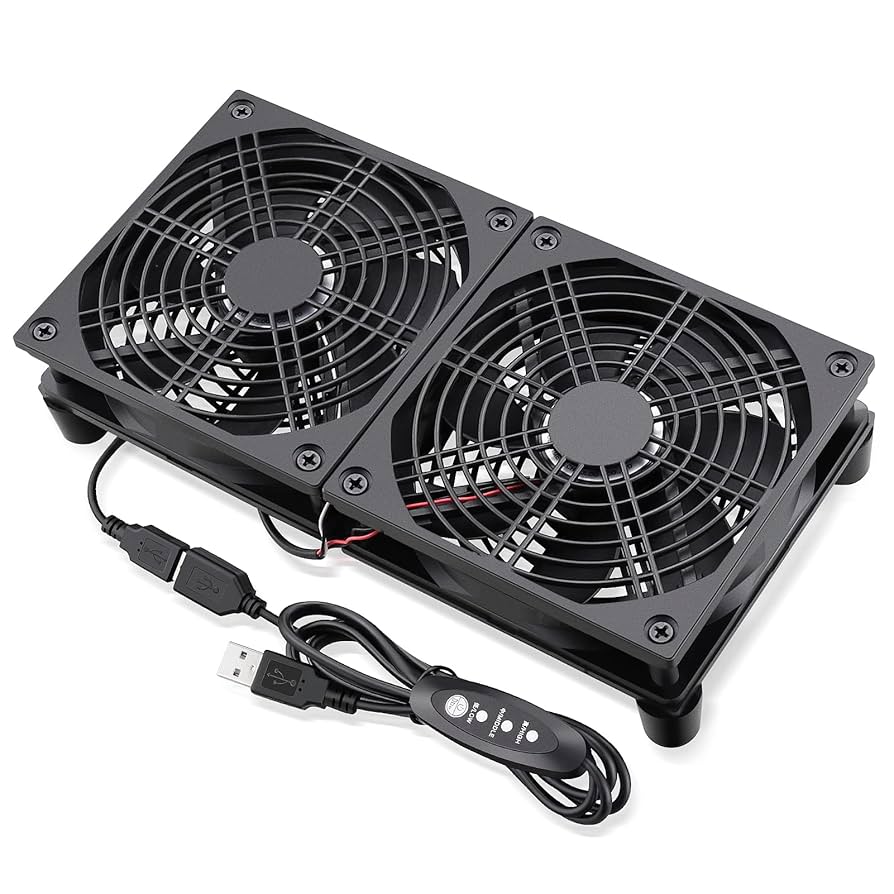
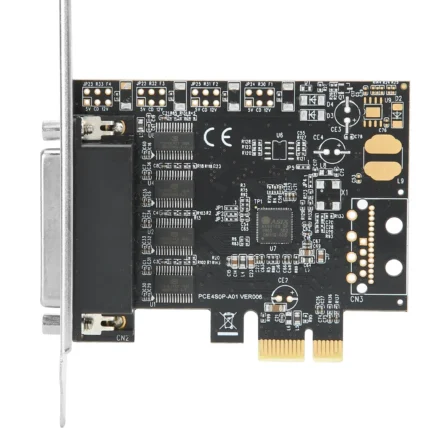

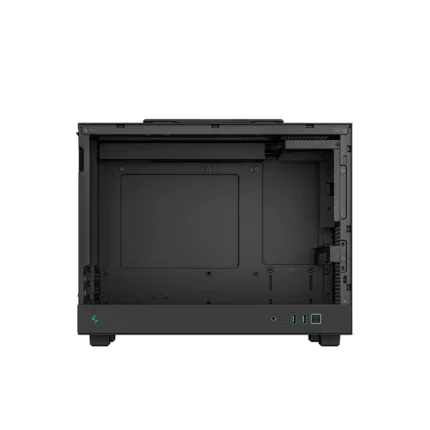

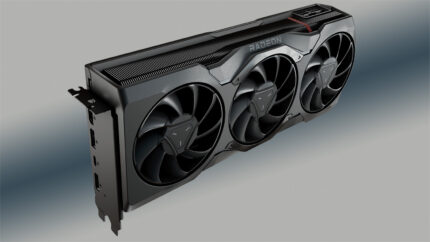


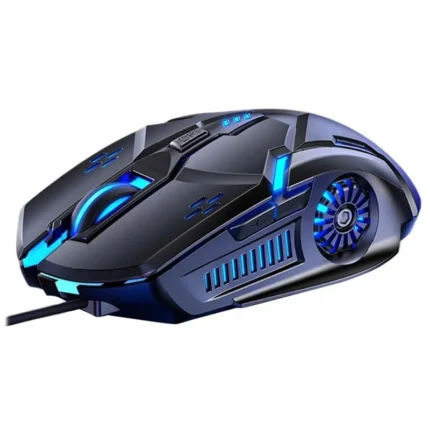
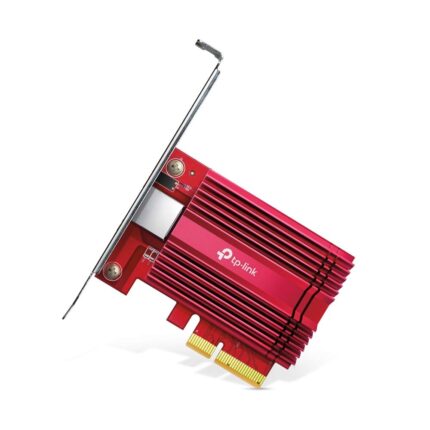

Reviews
There are no reviews yet.